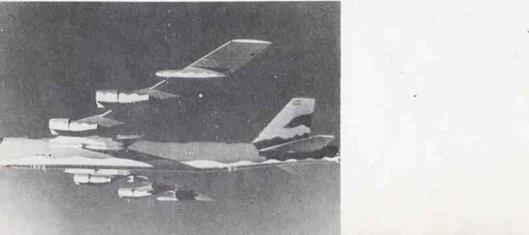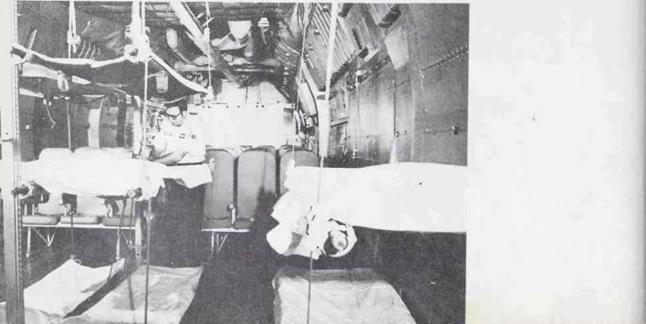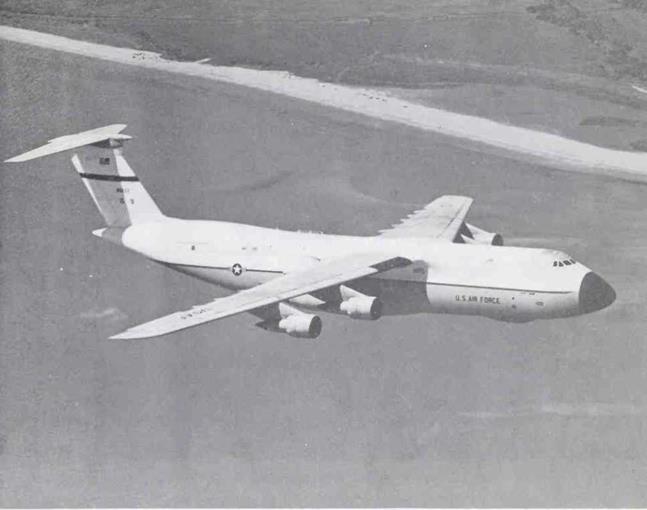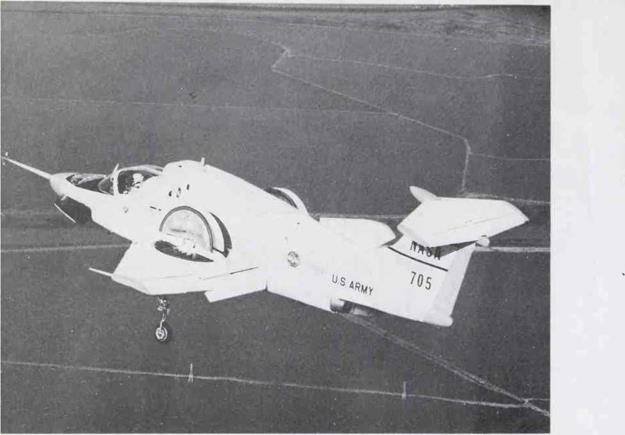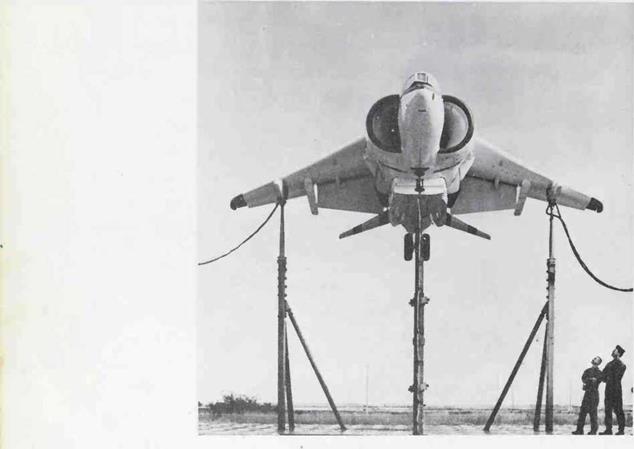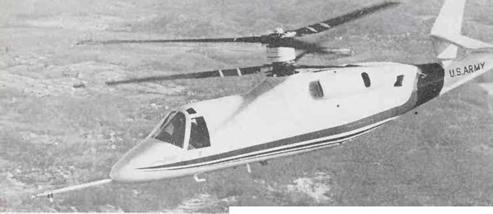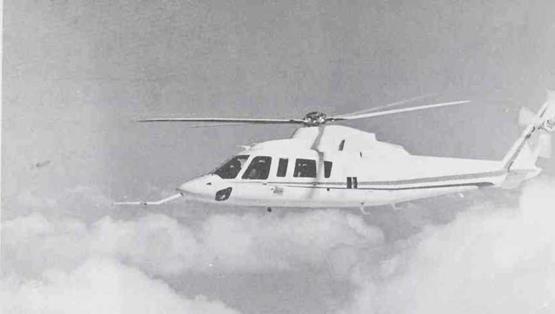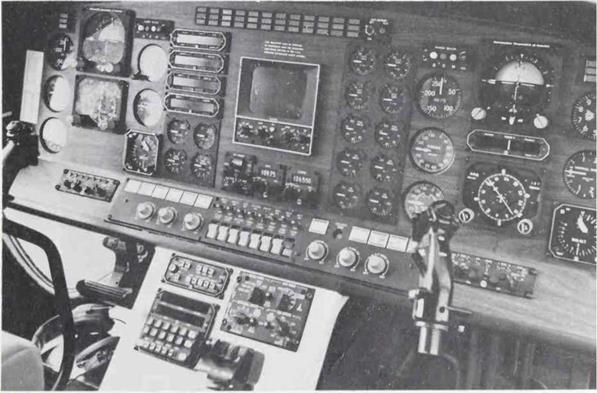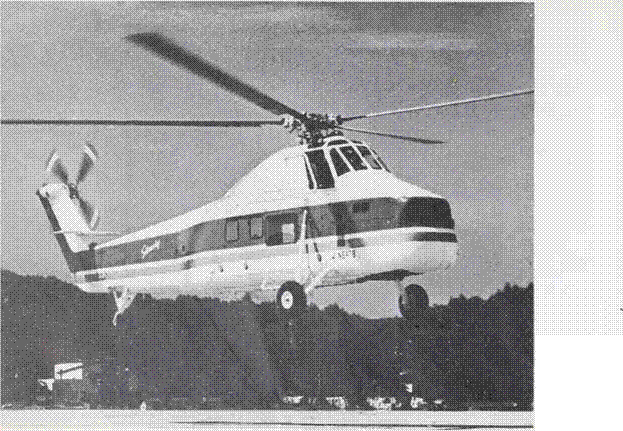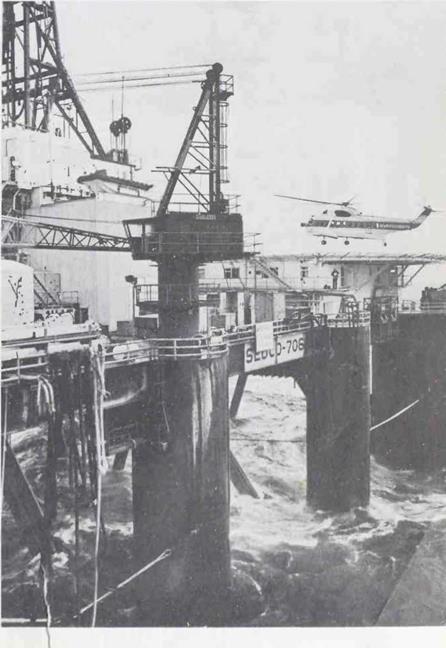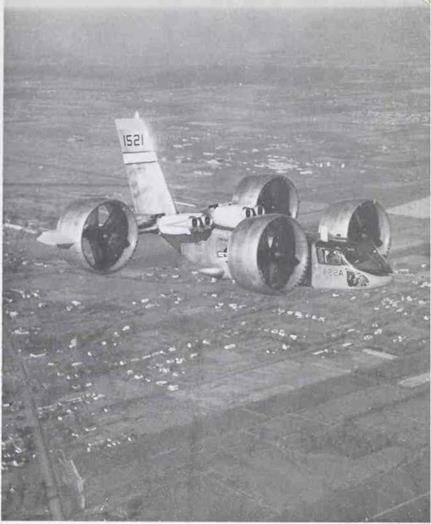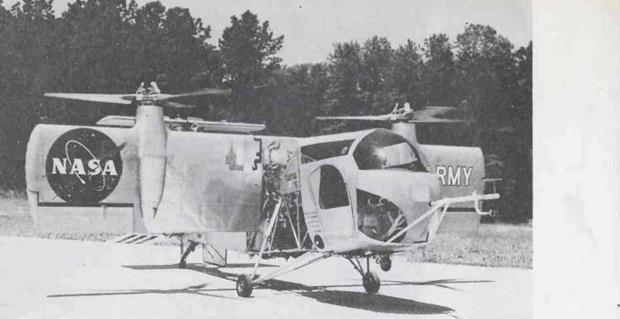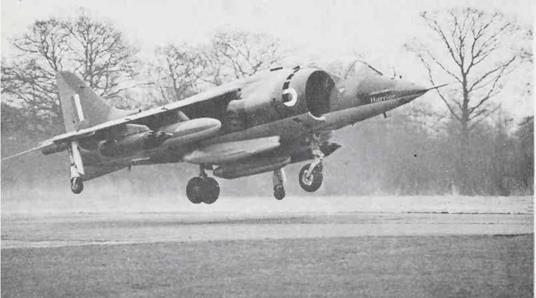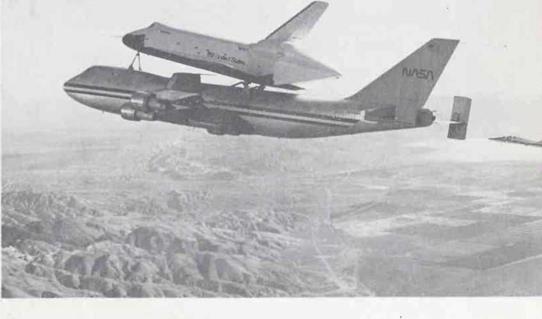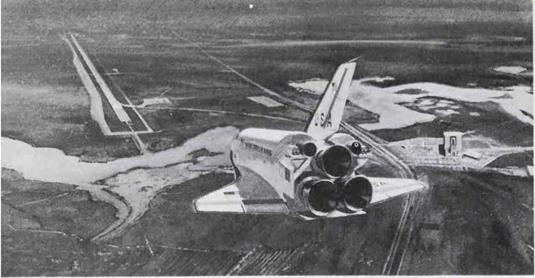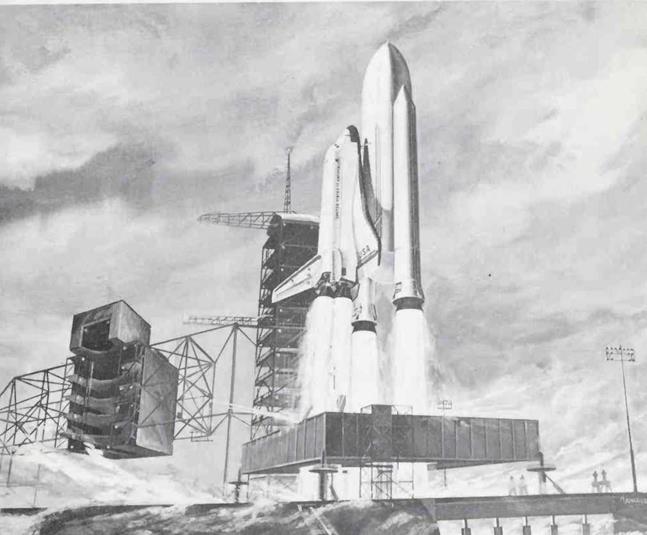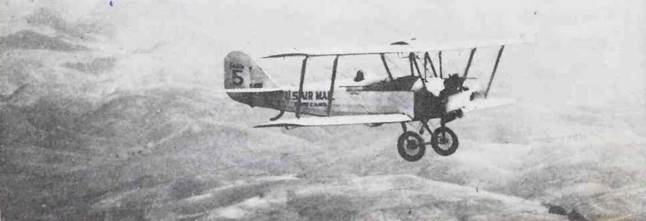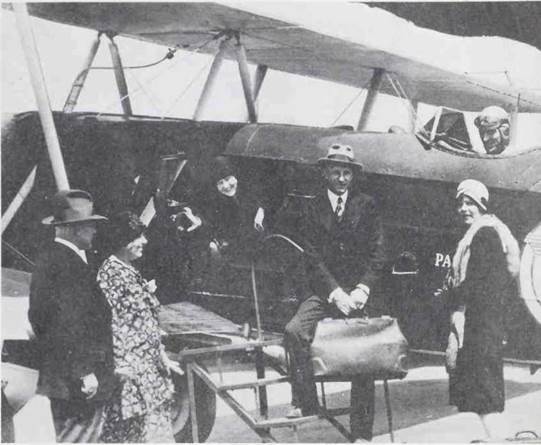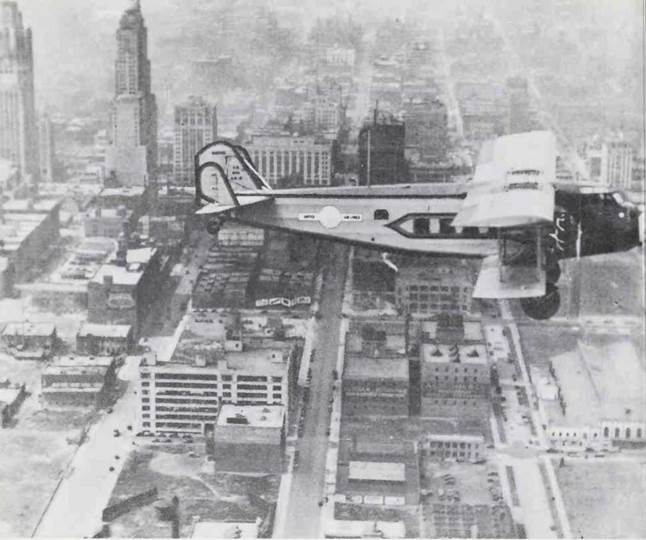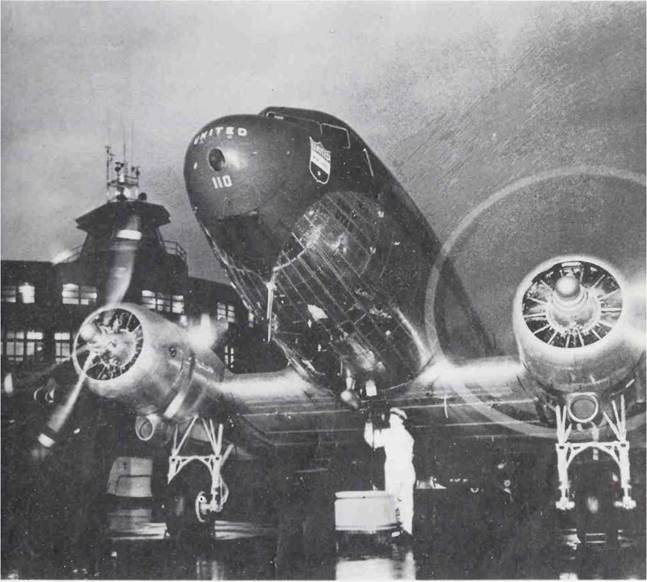FIGHTERS
A modern fighter aircraft is smaller than a bomber or a transport. But it is far from being a small airplane. It must be large enough, for example, to carry sufficient fuel to accomplish its mission and return to its base. A modern fighter must also carry a heavy payload of cannon, air-to – air missiles, rockets, and guns.
A Lockheed F-104 Super Starfighter is shown in the photo on the next page. This plane has a speed of better than Mach 2. The Starfighter can operate at altitudes above 100,000 feet. An F-104 can climb as fast as it flies straight and level.
The F-104 has stubby knife-thin wings and a high T – shaped tail. From nose to tail the Starfighter measures 54 feet, 9 inches. It stands 13 feet, 6 inches high and has a wingspan of 21 feet, 11 inches.
Some F-104S are assigned to the Air Defense Command. These Starfighters are being used as air-defense fighters. This means that they are designed and equipped for attack against enemy bombers that are unprotected by enemy fighters. Thus, an air-defense fighter carries rockets. Radar equipment on board is used to find the enemy aircraft and aim the rockets at the incoming bombers.
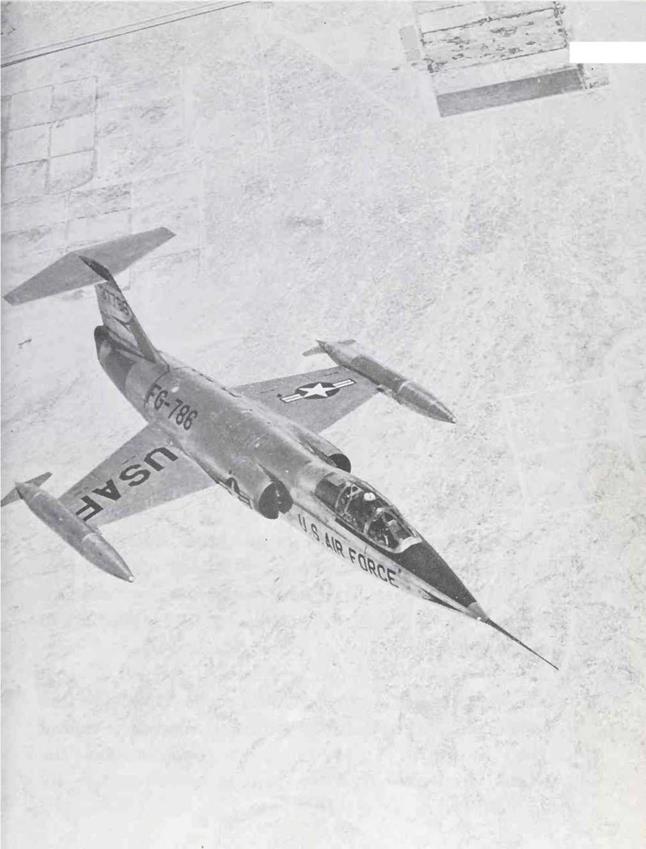
![]()
![]()

![]()
An F-шА is shown in the photo above. This plane is a tactical fighter. As a tactical fighter its mission may involve an air attack on enemy ground forces or positions. Such an aerial attack is often undertaken in close support of friendly ground forces.
The F-111 was developed by General Dynamics in 1964. Two basic models were put into service in 1967: the F-111A and the F-111B. The F-111A is used as a tactical fighter by the U. S. Air Force. The second model, the F-111B, is operated from the decks of aircraft carriers by the U. S. Navy.
Two other types of F-ins using the same basic design have been built: the RF-шА and the FB-111. The RF – 111A is a reconnaissance fighter. And the FB-111 is a strategic bomber.
The F-111 is a variable-wing aircraft. This means that its wings can be moved into various positions. When a slow takeoff is desired, the wings are extended or placed in a position that is almost perpendicular to the fuselage. In flight, the variable-sweep wings can be folded or swept back into a triangular or delta configuration. The delta configuration is used when very high speeds are desired at both low – and high-flight altitudes.
The wings are usually extended during takeoff and landing. The extended or perpendicular position with a wingspan of 63 feet provides maximum lift. When the wings are extended, less than 3,000 feet of runway are required for takeoff and landing. The position of the wings shown in the photo of the F-111A is an intermediate angle between the perpendicular and the delta positions. In the delta position, the wingspan is a mere 32 feet.
The F-111 is a 72-foot-long supersonic aircraft. It has a maximum speed of Mach 2.5 at 60,000 feet. The F-111 has a range of 5,000 miles without refueling. This means that it can be sent on transoceanic missions. In addition, however, this aircraft is equipped so it can be refueled in flight.
The F-111 is equipped to carry both conventional and nuclear weapons. Its armament includes air-to-air missiles, air-to-ground missiles, and rockets.











